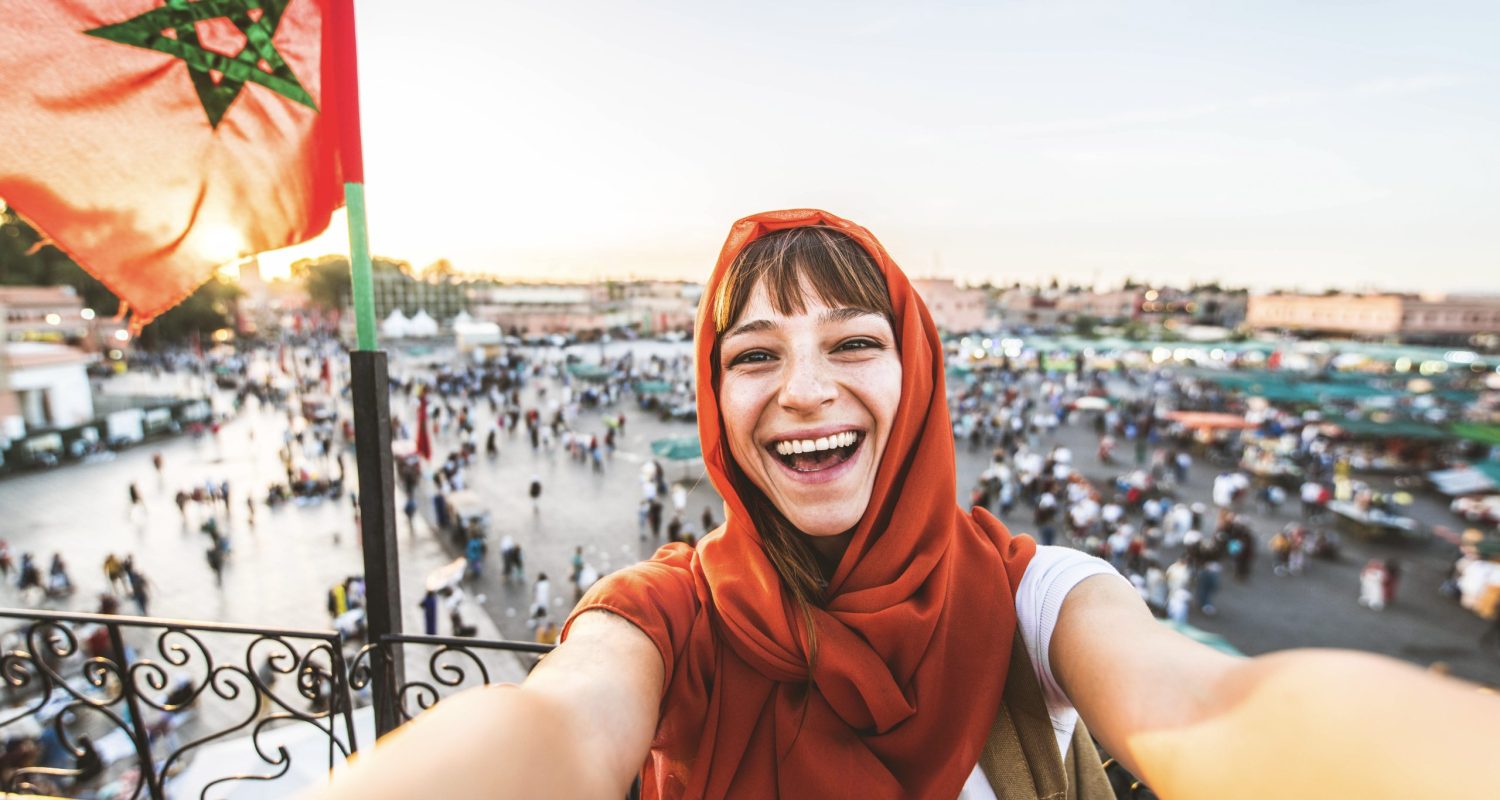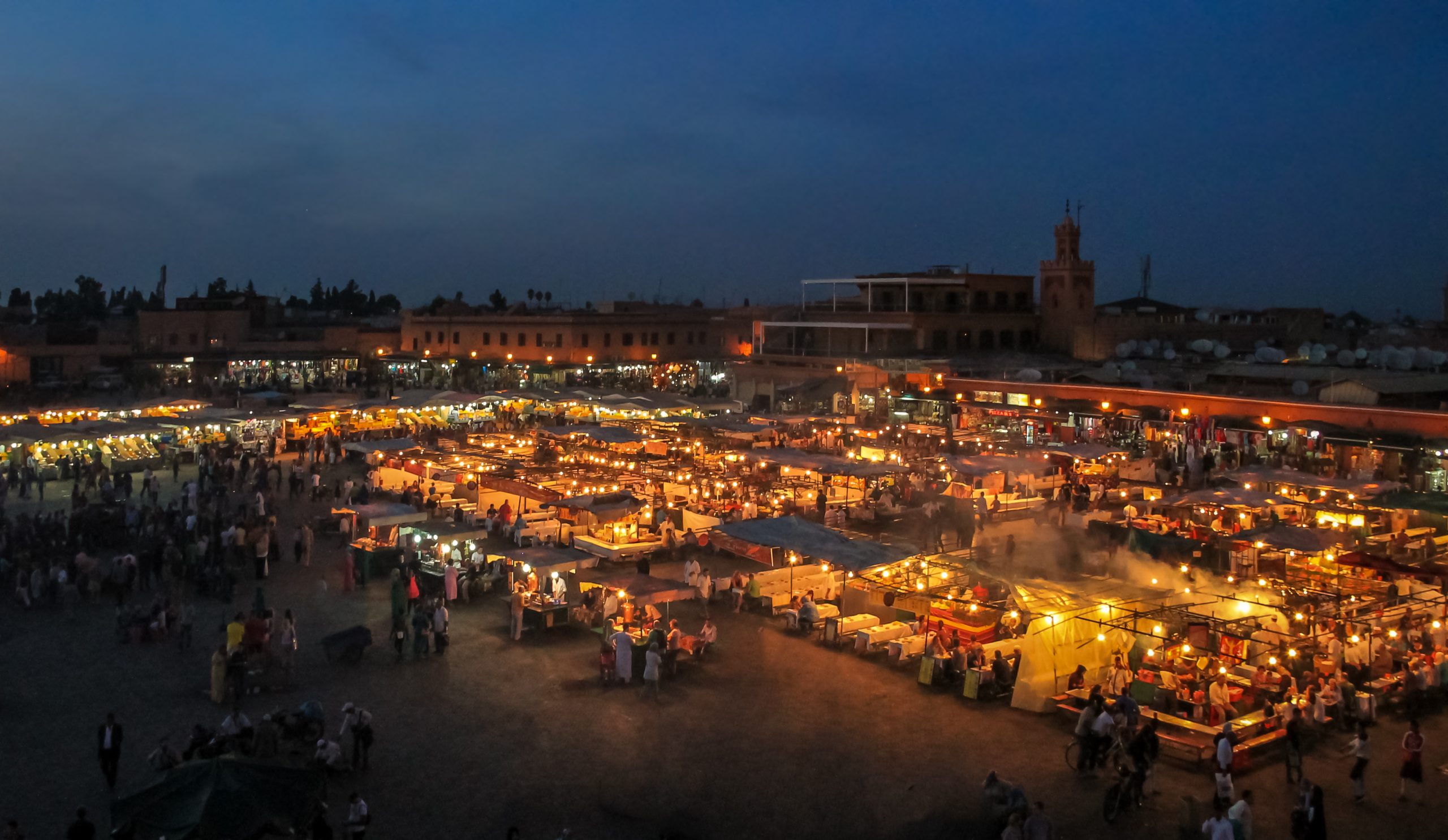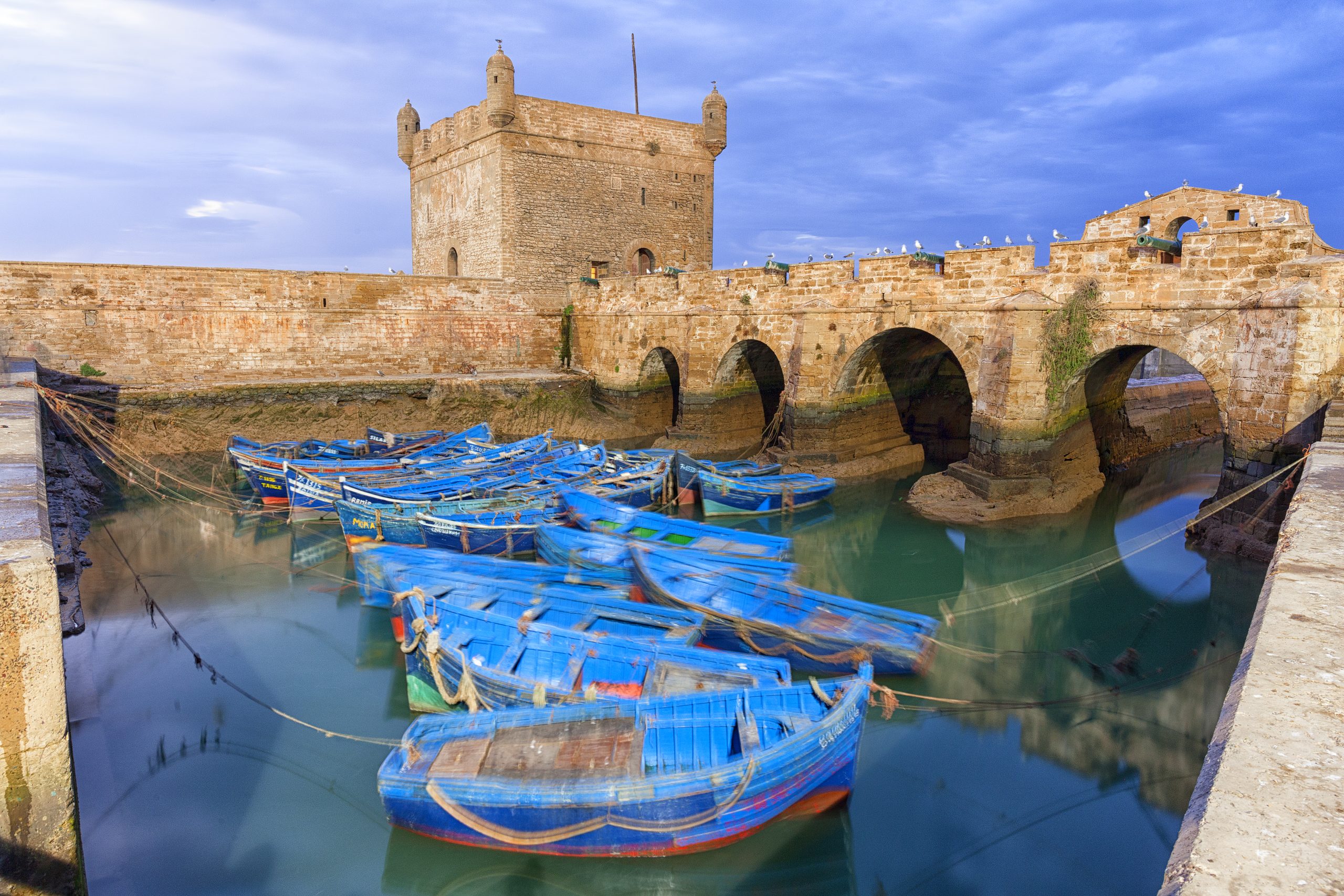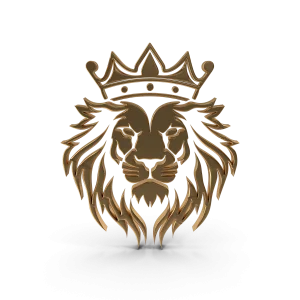Best Places to Visit in Morocco 2025: Epic Destinations
Home / Single Post
Recent Blog
Ready to explore the world?

Best Places to Visit in Morocco 2025: Epic Destinations
- July 8, 2025
- Adventures
- 1.Key Highlights of Your Moroccan Adventure
- 2.Ifrane: Morocco’s Alpine Sanctuary
- 3.Beyond Ifrane: A Tapestry of Moroccan Experiences
- 4.Comparing Diverse Moroccan Experiences
- 5.Embracing the Moroccan Travel Experience
- 6.Frequently Asked Questions About Morocco Travel
- 7.Conclusion
- 8.Recommended Further Exploration
- 9.Referenced Search Results
Morocco, a land of captivating contrasts and vibrant heritage, offers an unparalleled travel experience, seamlessly blending ancient traditions with breathtaking natural beauty. As you embark on a journey through its diverse regions, you’ll discover why Morocco travel destinations continue to enchant visitors from around the globe. This guide begins its exploration in the unique mountain city of Ifrane, often hailed as “Morocco’s Switzerland,” before venturing into the bustling imperial cities, serene coastal towns, and vast desert expanses that define this North African gem.
Key Highlights of Your Moroccan Adventure
- Ifrane’s Alpine Allure: Experience a distinct European ambiance in the Middle Atlas Mountains, perfect for nature lovers and those seeking cooler climates.
- Imperial City Immersion: Delve into the rich history and vibrant culture of Marrakech, Fez, and Rabat, exploring UNESCO World Heritage sites and bustling souks.
- Diverse Landscapes: From the snow-capped peaks of the Atlas Mountains to the golden dunes of the Sahara Desert and the breezy Atlantic coast, Morocco offers an incredible variety of natural wonders.
Ifrane: Morocco’s Alpine Sanctuary
Nestled within the Middle Atlas Mountains, approximately 58 kilometers south of Fez, lies Ifrane—a city that remarkably contrasts with the traditional Moroccan aesthetic. Often affectionately dubbed “Morocco’s Switzerland,” Ifrane’s distinct European-style architecture, characterized by sloping roofs, meticulously maintained parks, and chalet-style buildings, sets it apart. Established during the French colonial period, its unique urbanism and cooler climate make it a refreshing escape, particularly appealing during the spring and early summer months.

Chalet-style buildings define Ifrane’s unique European-inspired architecture.
Nature’s Embrace and Outdoor Pursuits
Ifrane’s altitude of around 1,650 to 1,700 meters contributes to its clean air, serene lakes, and cascading waterfalls. It serves as a gateway to the ancient Cedar Forest, where majestic trees provide a tranquil backdrop for hiking and wildlife spotting, notably the wild Barbary macaques. In winter, Ifrane transforms into a charming ski destination, offering several pistes and lifts for snow sports enthusiasts. The city’s natural beauty and tranquil ambiance make it an ideal spot for relaxation and outdoor adventures, providing a gentle introduction to Morocco’s diverse landscapes.
Cultural Landmarks and Educational Hubs
Beyond its natural allure, Ifrane boasts several notable landmarks. The Blue Mausoleum, dedicated to Sidi Abdesslam, showcases traditional Moroccan architecture adorned with exquisite blue zelliges. The city’s central square features the iconic Lion of Ifrane statue, a popular landmark with an intriguing history, reportedly carved by a German soldier during World War II in tribute to the last wild Atlas lion. The presence of Al Akhawayn University infuses a youthful and modern vibe into the city, reflecting Morocco’s advancements in education.
Beyond Ifrane: A Tapestry of Moroccan Experiences
While Ifrane offers a distinct mountain retreat, Morocco’s allure truly unfolds in its diverse array of other destinations, each promising a unique cultural and historical journey.
The Imperial Cities: A Journey Through History
Morocco’s imperial cities are historical and cultural epicenters, offering a deep dive into the country’s rich past and vibrant present.
Marrakech: The Red City’s Sensory Delight
Known as the “Red City” for its distinctive reddish-brown buildings, Marrakech is a vibrant hub that overwhelms the senses. Its bustling Jemaa el-Fnaa square is a UNESCO-listed masterpiece, transforming daily from a lively marketplace into an open-air theater with storytellers, musicians, and food stalls. The city’s labyrinthine medina is a treasure trove of souks, offering everything from spices and textiles to artisanal crafts. Must-visit attractions include the exquisite Bahia Palace, a testament to Moroccan craftsmanship, and the serene Majorelle Garden, a tranquil oasis created by French painter Jacques Majorelle and later restored by Yves Saint Laurent.

Fez: The Heart of Moroccan Culture and Learning
Fez, Morocco’s second-largest city, is a profound cultural and religious heartland. Its ancient Medina, Fes el-Bali, is a UNESCO World Heritage site and arguably the world’s largest car-free urban area. Exploring its labyrinthine streets feels like stepping back in time, with traditional tanneries, intricate architecture, and bustling souks around every corner. Fez is also home to Al-Qarawiyyin University, founded in 859 AD, recognized as the world’s oldest continually operating university, solidifying the city’s legacy as a center of learning.
Rabat: The Elegant Capital
As the capital city, Rabat offers a more relaxed yet historically rich experience, blending French colonial charm with traditional Moorish architecture. Key attractions include the majestic Hassan Tower, a minaret of an incomplete mosque, and the Mausoleum of Mohammed V, an architectural marvel. The Kasbah of the Udayas, an ancient fortress, provides stunning views of the Atlantic Ocean and a picturesque blue-and-white village ambiance. Rabat’s well-maintained medina and green spaces offer a glimpse into Morocco’s administrative and cultural life.
Coastal Charms and Desert Mystique
Beyond the imperial cities, Morocco extends to captivating coastal towns and the awe-inspiring Sahara Desert.
Chefchaouen: The Blue City’s Serenity
Nestled in the Rif Mountains, Chefchaouen is instantly recognizable by its mesmerizing blue-painted houses, which create a serene and photogenic atmosphere. This charming town is a haven for hikers and nature lovers, with trails leading to picturesque waterfalls and scenic viewpoints. Chefchaouen offers a relaxed pace of life, providing an authentic taste of Moroccan culture away from the hustle and bustle of larger cities.
Casablanca: The Modern Gateway
Morocco’s economic hub, Casablanca, offers a vibrant blend of modernity and tradition. The city is renowned for the Hassan II Mosque, a magnificent architectural marvel perched on the Atlantic coast, one of the largest mosques in the world with a retractable roof. Casablanca serves as a major entry point for international travelers and offers a dynamic urban experience, with bustling markets, contemporary architecture, and seaside promenades.

Evening view of Casablanca’s cityscape with the iconic Hassan II Mosque.
Essaouira: The Coastal Wind Paradise
This enchanting coastal town on the Atlantic Ocean is famous for its fortified walls, vibrant fishing port, and strong winds, making it a popular destination for windsurfing and kitesurfing. Essaouira’s narrow streets, blue-and-white architecture, and ramparts overlooking the bustling harbor exude a laid-back, artistic atmosphere distinct from other Moroccan cities. It’s an ideal spot for seafood lovers and those seeking a more relaxed coastal vibe.

The Sahara Desert: A Journey into the Dunes
No Moroccan adventure is complete without experiencing the vastness and majesty of the Sahara Desert. Regions like Erg Chebbi near Merzouga offer breathtaking opportunities for camel treks across towering golden dunes and unforgettable overnight stays in traditional Bedouin-style tents under a sky filled with stars. This immersive experience provides an unparalleled connection with nature and a profound sense of tranquility.
Beyond the Main Hubs: Hidden Gems and Diverse Landscapes
Morocco’s geographical diversity extends to several other noteworthy destinations and experiences that complete the travel tapestry.
Atlas Mountains: A Hiker’s Paradise
Beyond Ifrane, the vast High and Middle Atlas Mountains offer stunning natural landscapes ideal for hiking, trekking, and exploring traditional Berber villages. Towns like Azrou provide opportunities to observe wild monkeys in their natural cedar forest habitat, while Azilal offers access to charming mountain scenery.
Ait Ben Haddou: A Cinematic Historical Site
Further south, the ancient fortified village of Ait Ben Haddou is a UNESCO World Heritage site that has served as the backdrop for numerous cinematic productions. Its impressive kasbahs (fortresses) offer a glimpse into Morocco’s ancient history and traditional earthen architecture.
Tangier: The Northern Gateway
Tangier, situated at the northern tip of Morocco, serves as a crucial gateway between Africa and Europe. It boasts an international flair, beautiful beaches, and historical sites, making it a diverse stop for those exploring the northern regions, often paired with charming towns like Asilah and Tetouan known for their artistic and tranquil atmospheres.
Comparing Diverse Moroccan Experiences
To further illustrate the distinct experiences each Moroccan destination offers, the following table summarizes key aspects and ideal traveler types for some of the prominent cities mentioned.
| Destination | Key Characteristics | Ideal For | Main Attractions |
|---|---|---|---|
| Ifrane | Alpine architecture, cool climate, cedar forests, tranquility | Nature lovers, families, relaxation, winter sports | Ancient Cedar Forest, Lion Statue, Ski Resort |
| Marrakech | Vibrant culture, bustling souks, historical palaces, sensory overload | Cultural immersion, nightlife, shopping, short trips | Jemaa el-Fnaa, Bahia Palace, Majorelle Garden |
| Fez | Ancient medina, traditional crafts, religious heritage, historical depth | History buffs, cultural explorers, artisans | Fes el-Bali (Medina), Al-Qarawiyyin University, Tanneries |
| Rabat | Capital city, blend of history and modernity, coastal views, peaceful ambiance | History and architecture enthusiasts, government affairs, relaxed exploration | Hassan Tower, Mausoleum of Mohammed V, Kasbah of the Udayas |
| Chefchaouen | Blue-painted houses, serene atmosphere, mountain backdrop, unique photo ops | Photographers, hikers, relaxation, unique cultural experiences | Blue Streets, Rif Mountains, Cascades d’Akchour |
| Casablanca | Modern metropolis, economic hub, grand mosque, business focus | Urban explorers, business travelers, transit point | Hassan II Mosque, Corniche, Old Medina |
| Essaouira | Coastal charm, strong winds, artistic community, laid-back vibe | Beach lovers, watersports enthusiasts, relaxation, seafood lovers | Fortified Walls, Fishing Port, Essaouira Beach |
Embracing the Moroccan Travel Experience: A Visual Deep Dive
To truly grasp the essence of Morocco travel destinations, it’s beneficial to visualize the experiences awaiting you. The video below, “Morocco Complete Travel Guide for 2025,” offers a comprehensive overview, providing visual insights into the diverse landscapes and vibrant culture of the country. From navigating the bustling streets of Marrakech to exploring the serene beauty of the Atlas Mountains, this guide is an invaluable resource for planning your journey. It covers essential tips, highlights must-see attractions, and offers practical advice for an unforgettable adventure. Watching this video will help you immerse yourself in the sights and sounds of Morocco, preparing you for the rich tapestry of experiences that await.
Frequently Asked Questions About Morocco Travel
What is the best time to visit Morocco?
The best times to visit Morocco are generally spring (March to May) and autumn (September to November). During these seasons, the weather is pleasant across most regions, avoiding the extreme heat of summer and the colder temperatures in the mountains during winter.
Is Morocco safe for solo female travelers?
Morocco is generally safe for solo female travelers, but it’s advisable to exercise common precautions. Dressing modestly, being aware of your surroundings, and using reputable transportation can enhance your safety and comfort. Many women travel solo in Morocco and have positive experiences.
What currency is used in Morocco?
The official currency of Morocco is the Moroccan Dirham (MAD). While credit cards are accepted in many larger establishments, it’s always good to have some local currency for smaller purchases, souks, and remote areas.
What are some essential packing tips for Morocco?
Pack light, breathable clothing, especially if traveling during warmer months. Include modest attire for visiting religious sites and respecting local customs. Comfortable walking shoes are a must for exploring medinas. Depending on your itinerary, consider layers for cooler evenings or mountain excursions. Don’t forget sunscreen, a hat, and a reusable water bottle.
How can I get around Morocco?
Morocco has a well-developed transportation network. Major cities are connected by efficient train services (ONCF). Grand taxis are common for inter-city travel, while petit taxis are used within cities. Buses (CTM and Supratours) are reliable for longer distances. Renting a car offers flexibility for exploring rural areas, though navigating medinas is best done on foot.
Conclusion
Morocco travel destinations offer an unparalleled journey through diverse landscapes, rich history, and vibrant cultures. From the refreshing Alpine climate of Ifrane to the ancient medinas of Fez and Marrakech, the serene blue streets of Chefchaouen, and the majestic dunes of the Sahara, there is an experience to captivate every type of traveler. The country’s blend of tradition and modernity, coupled with its warm hospitality, ensures that a trip to Morocco creates enduring memories.
Recommended Further Exploration

